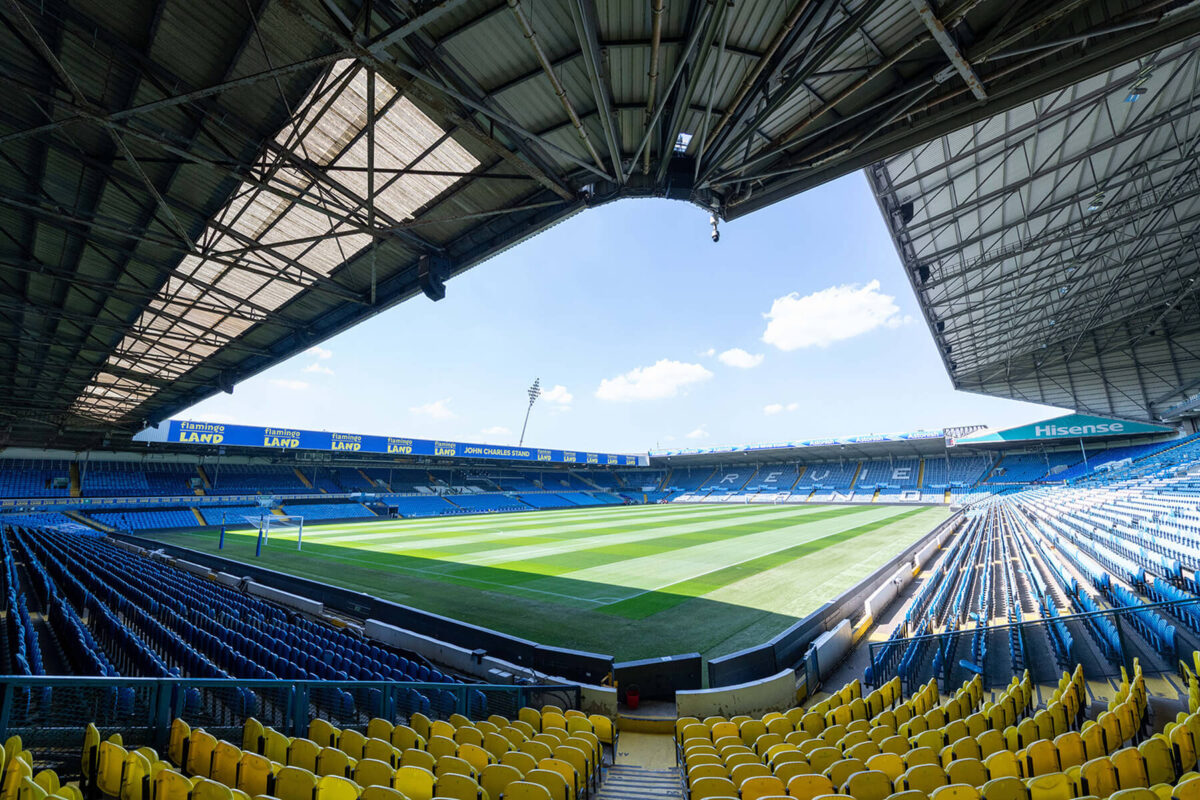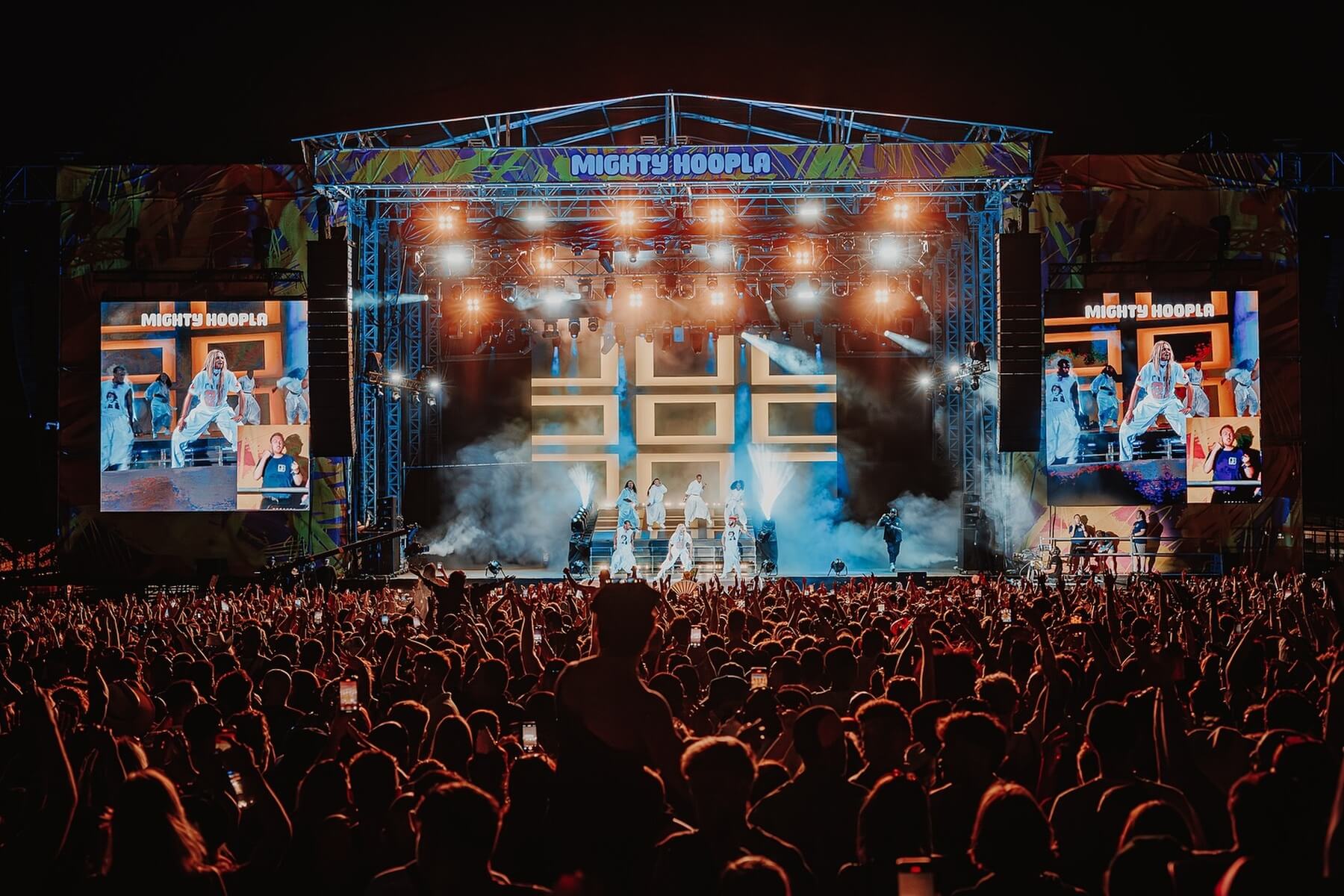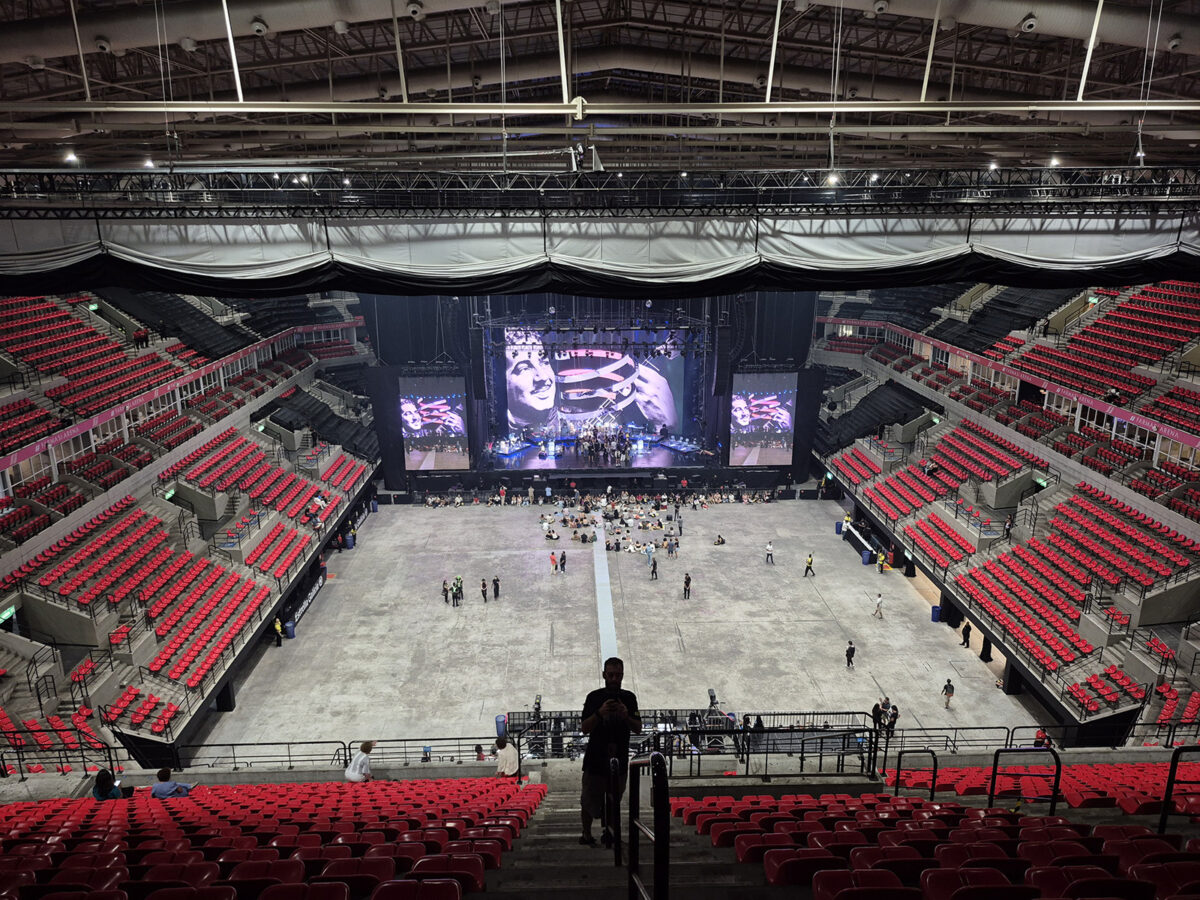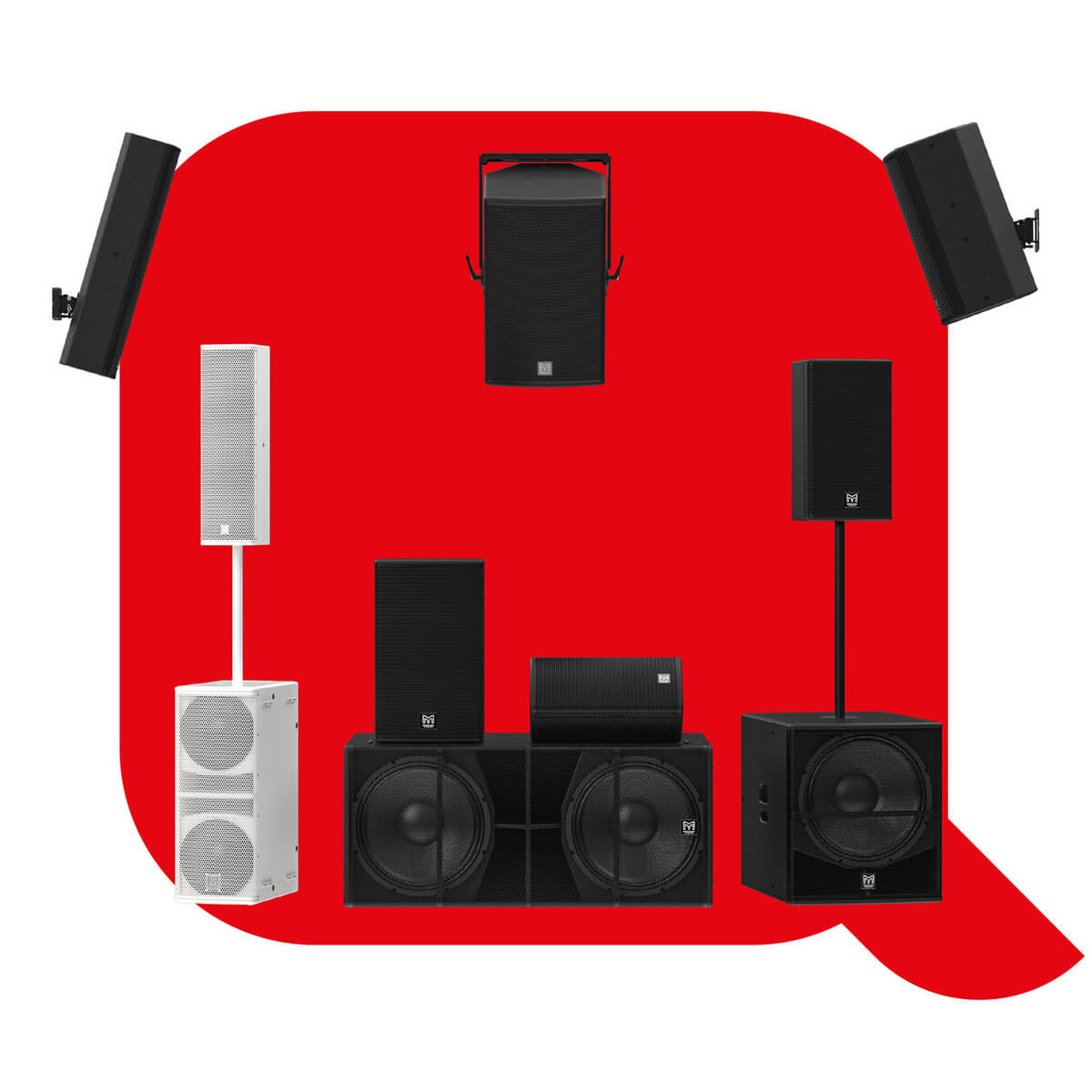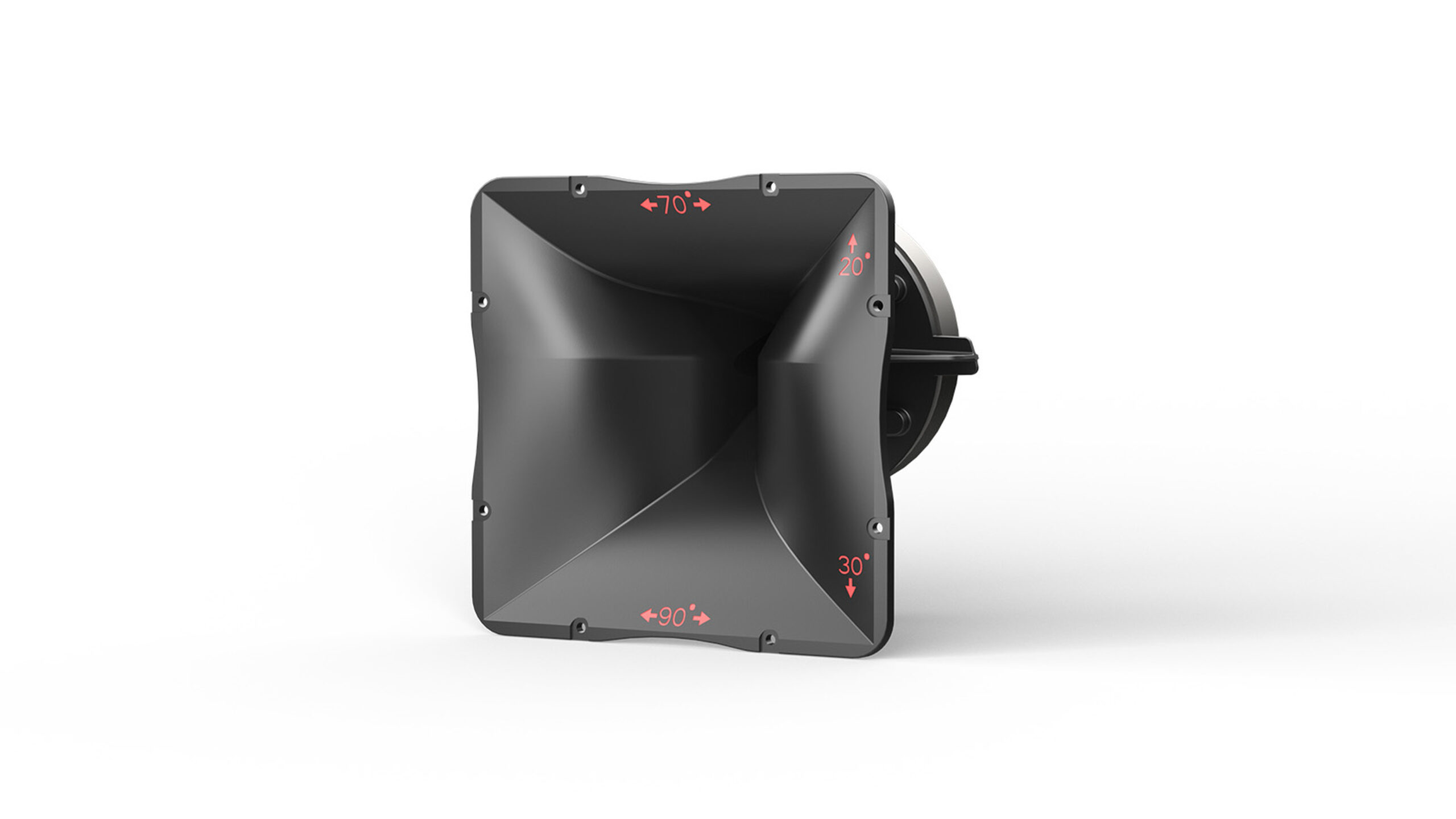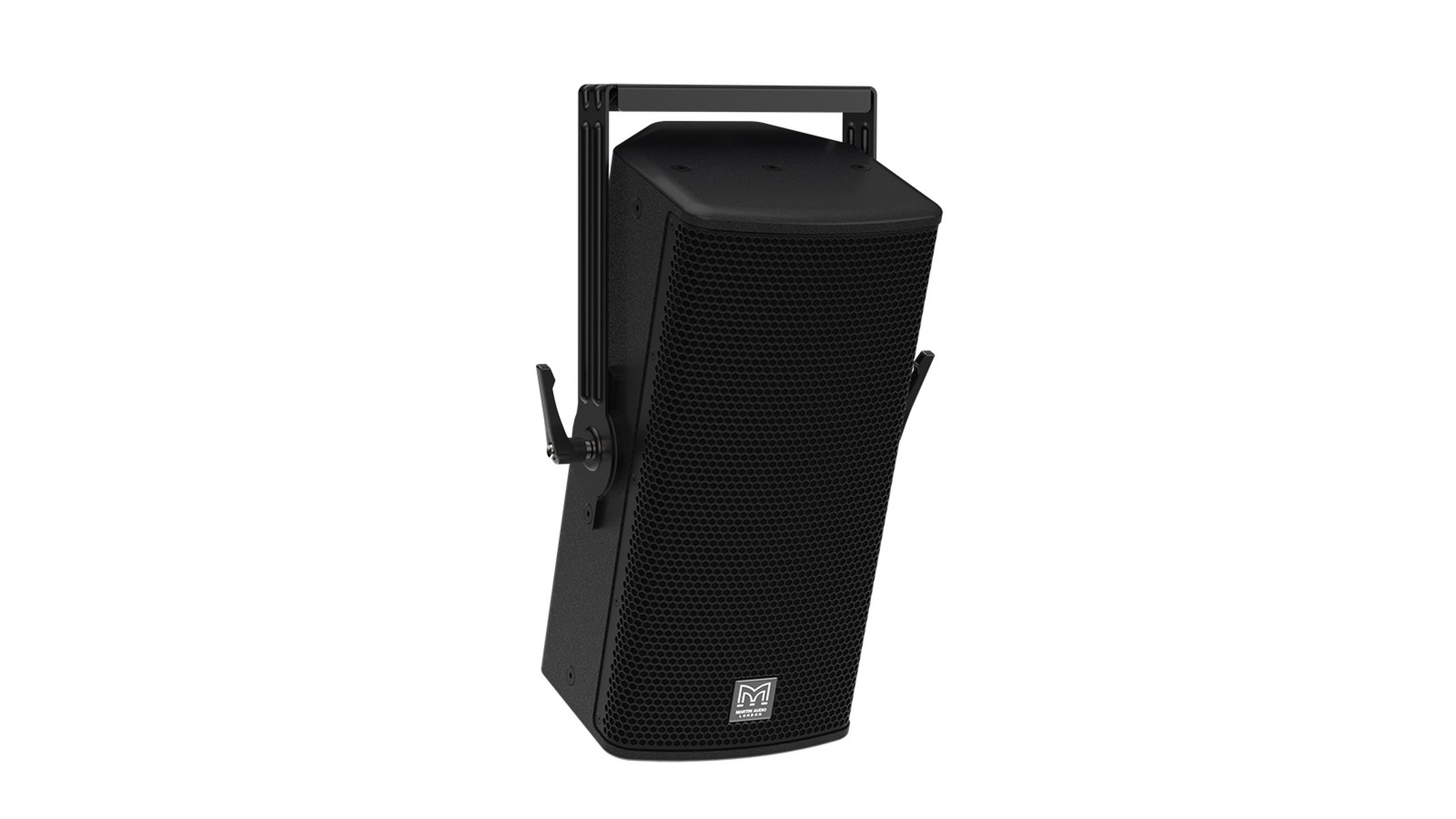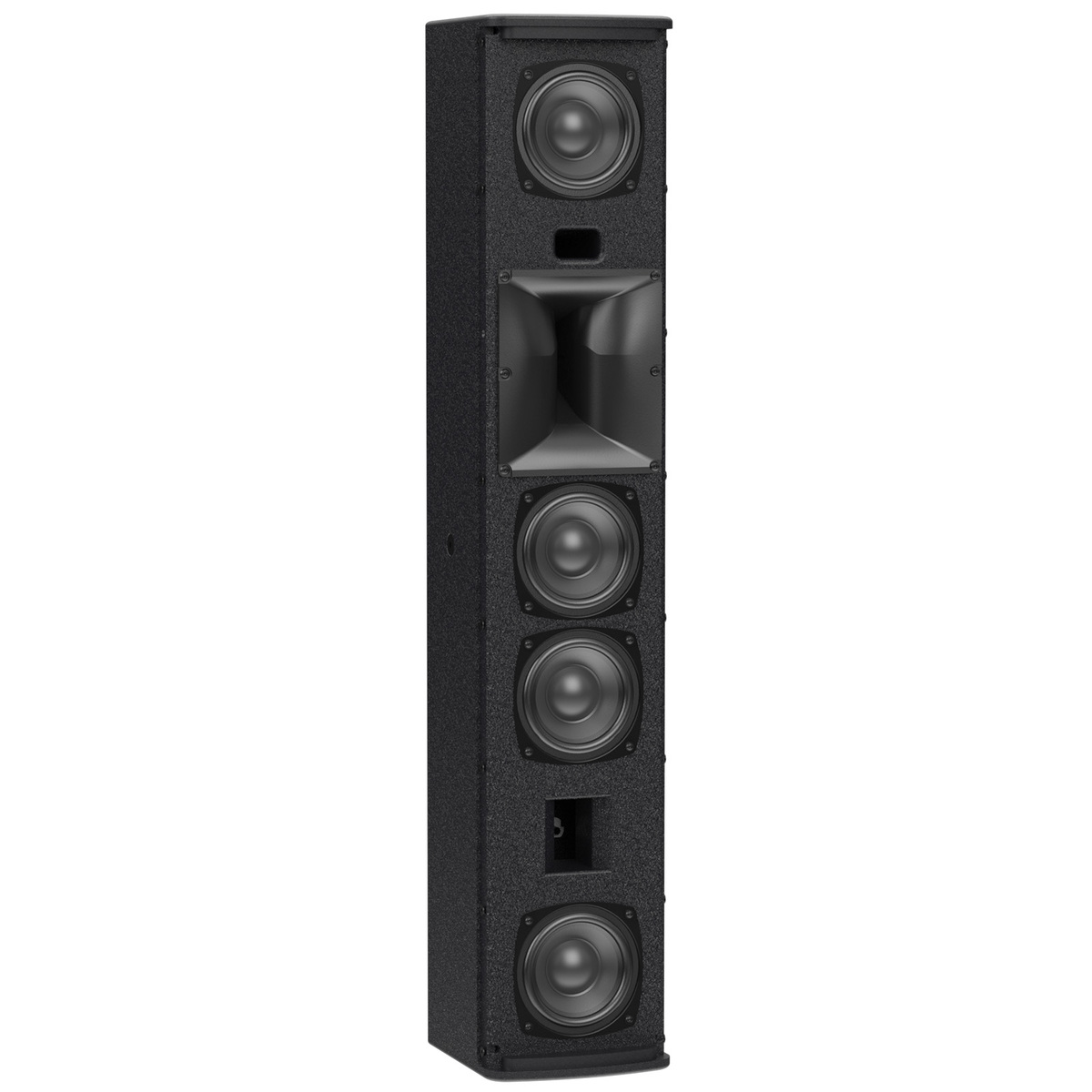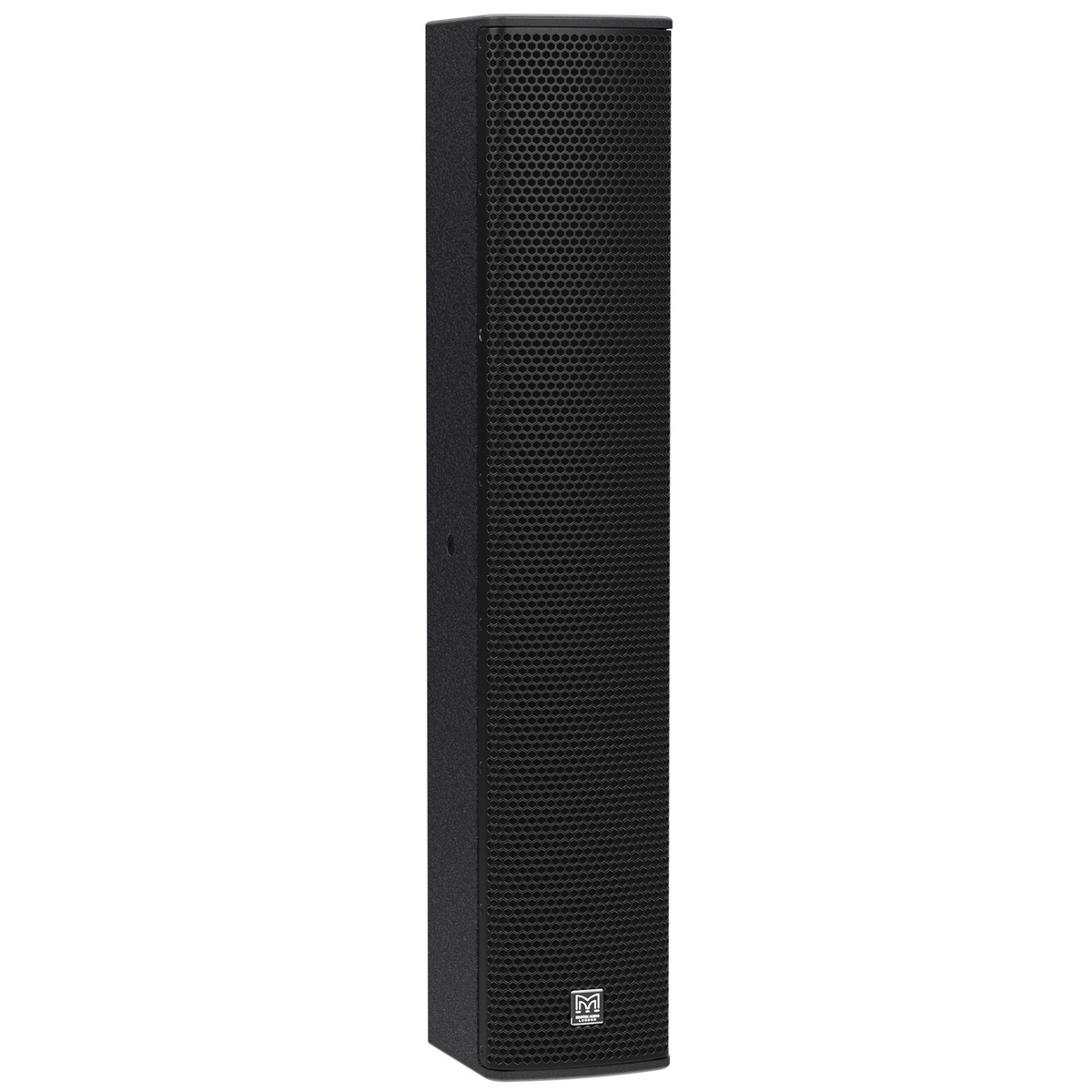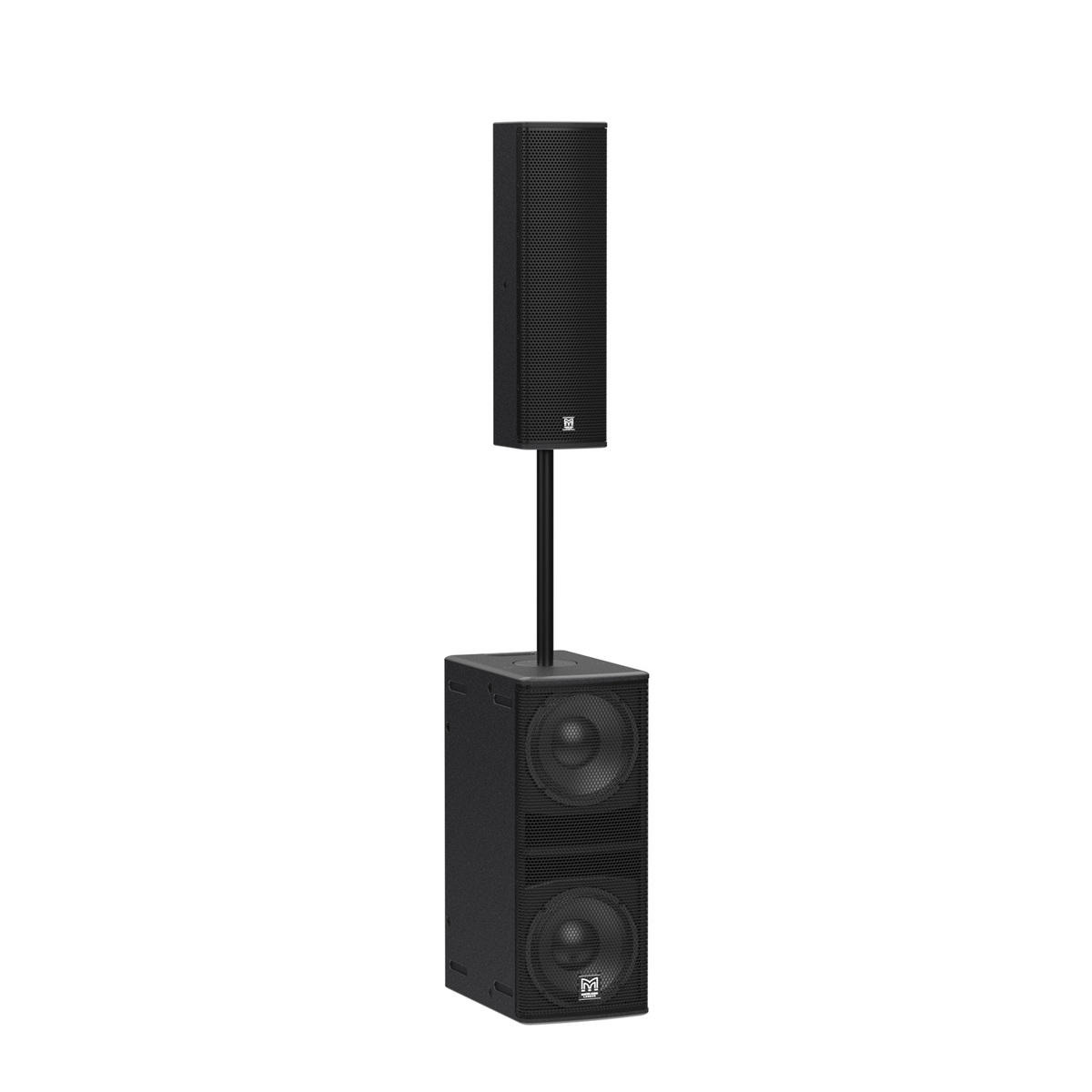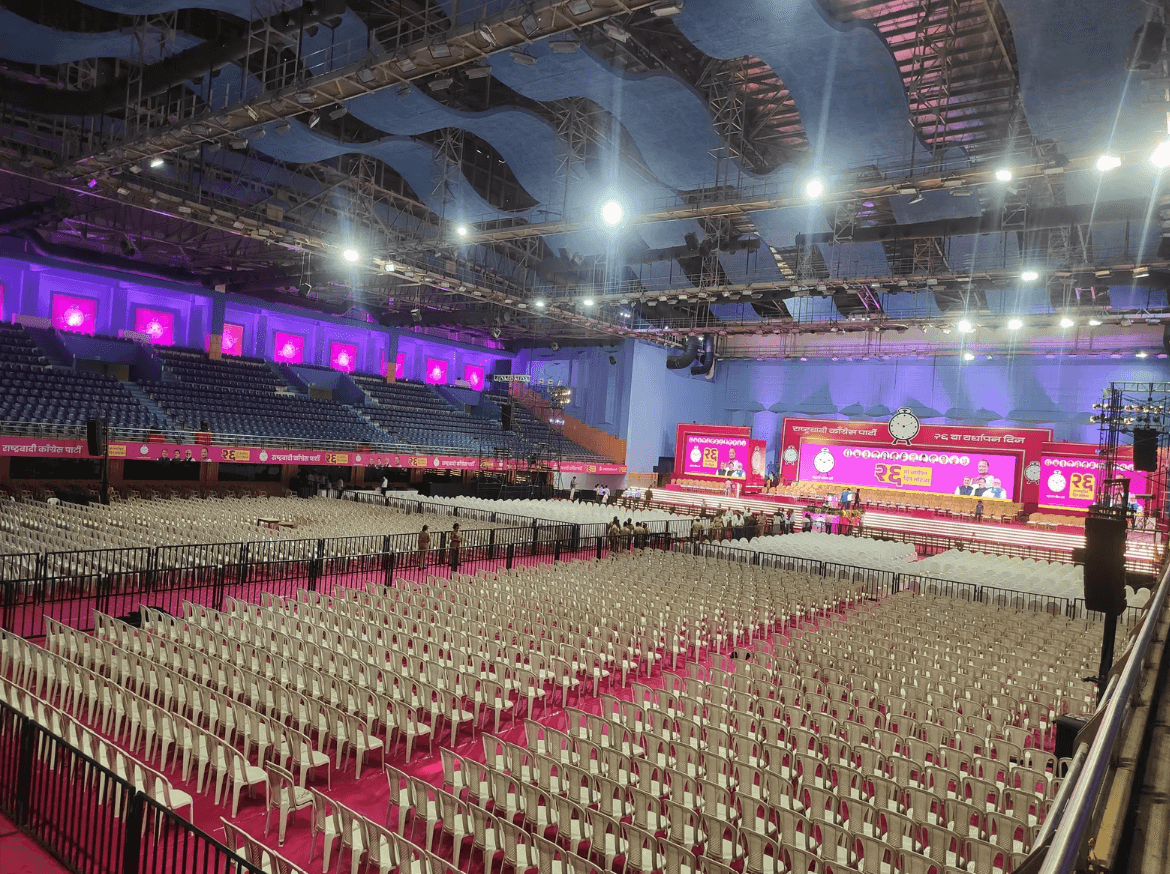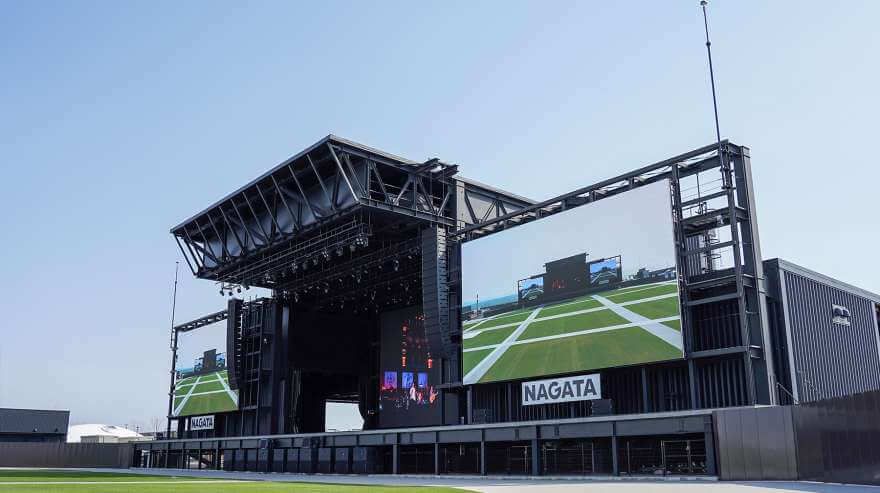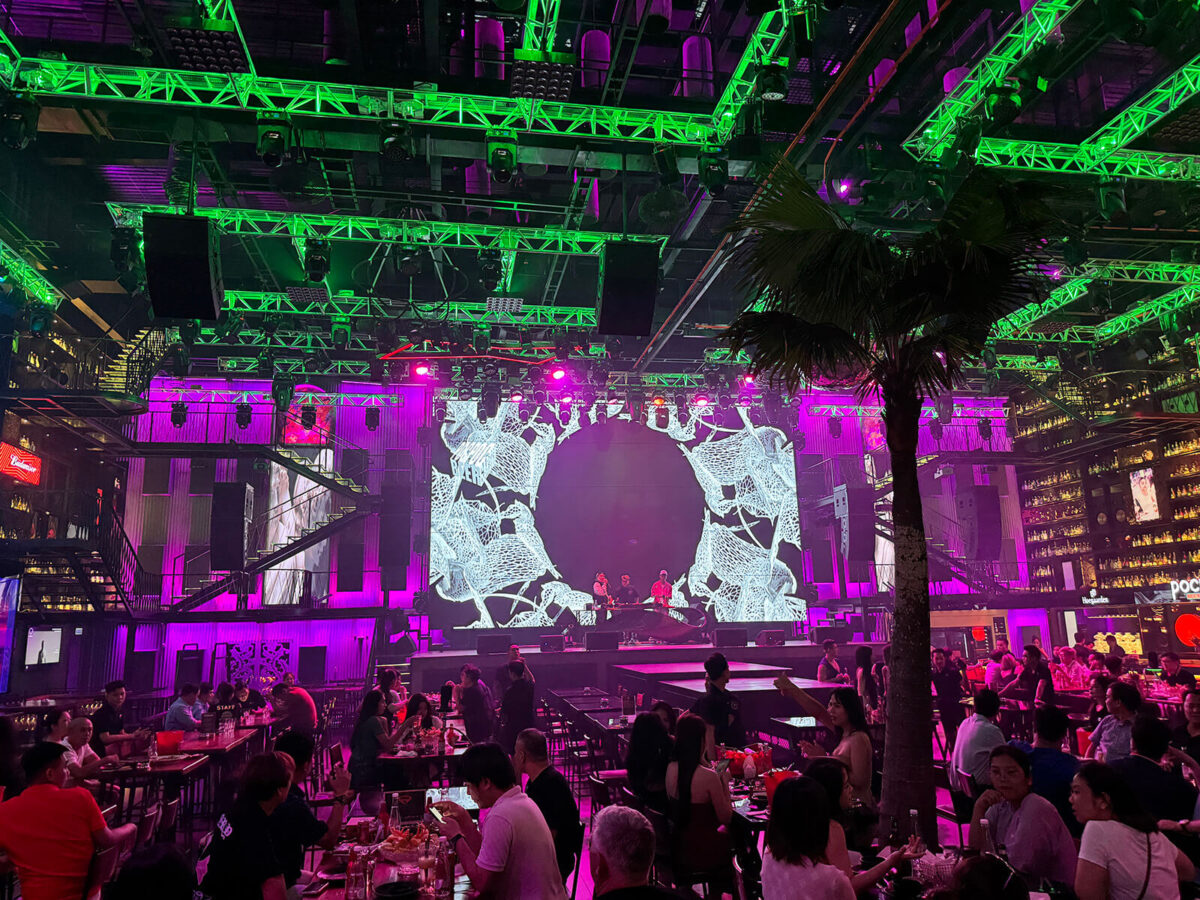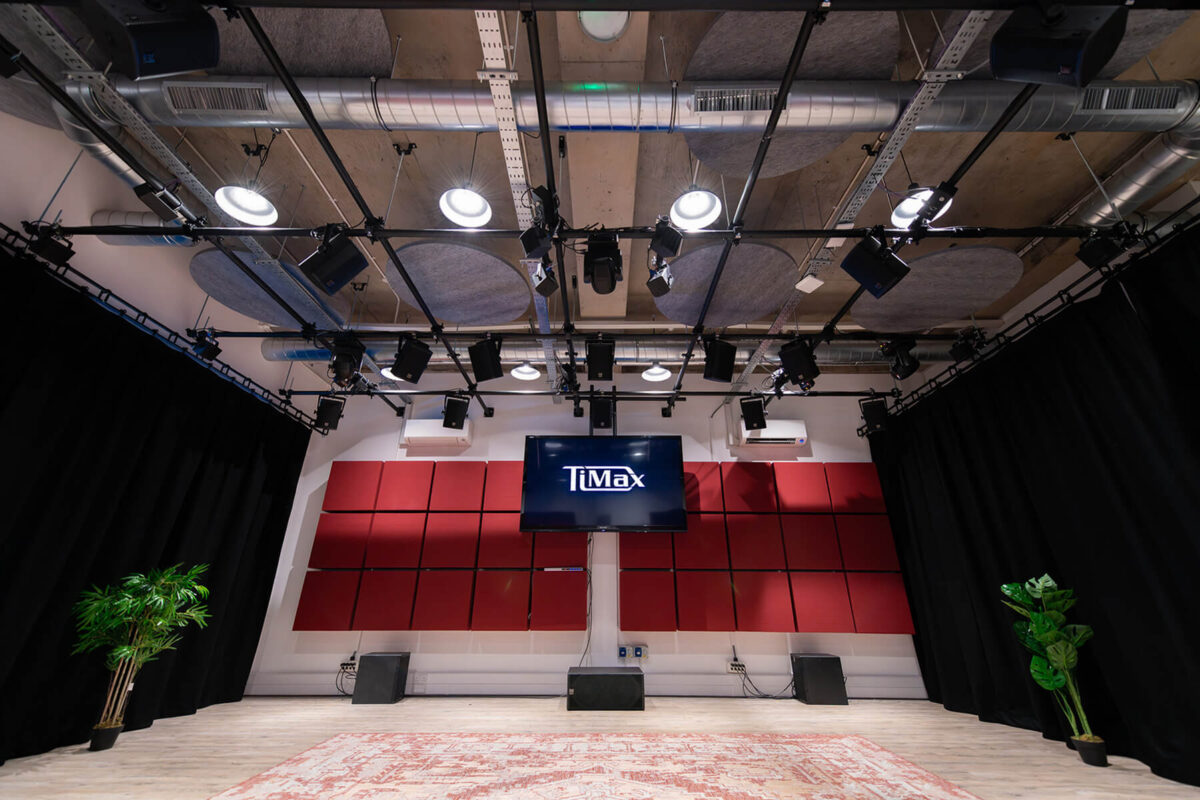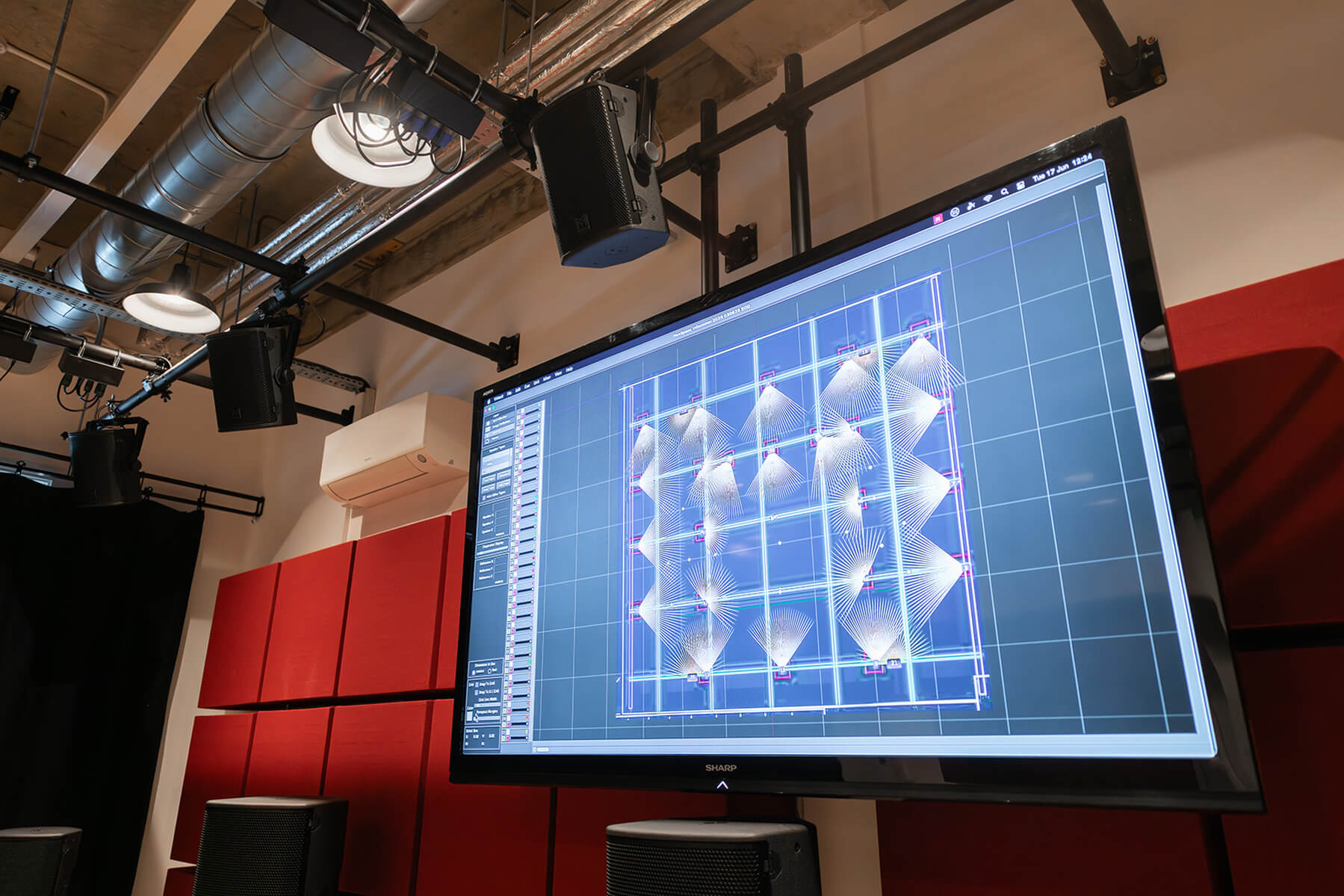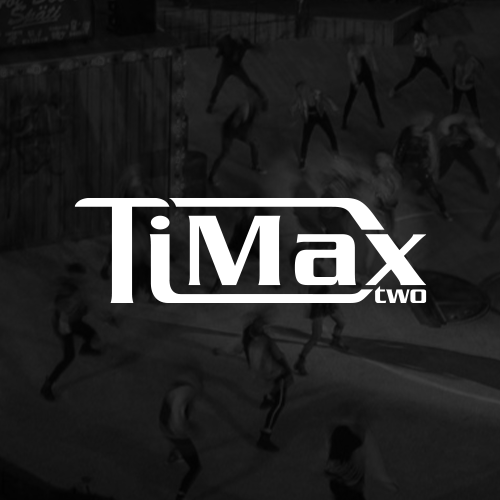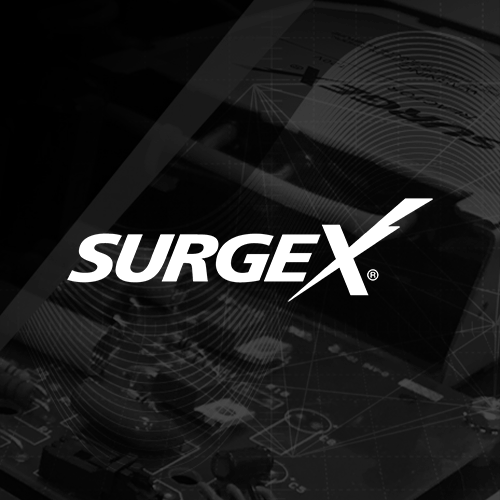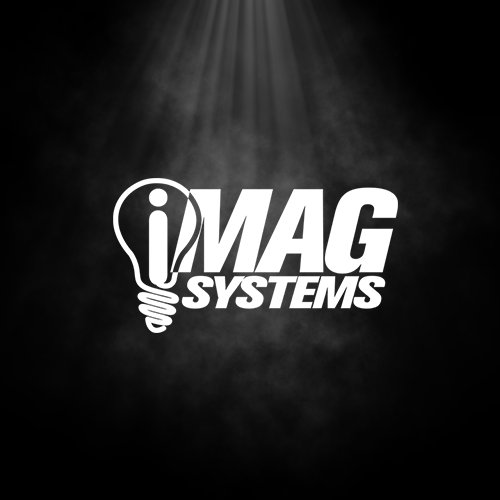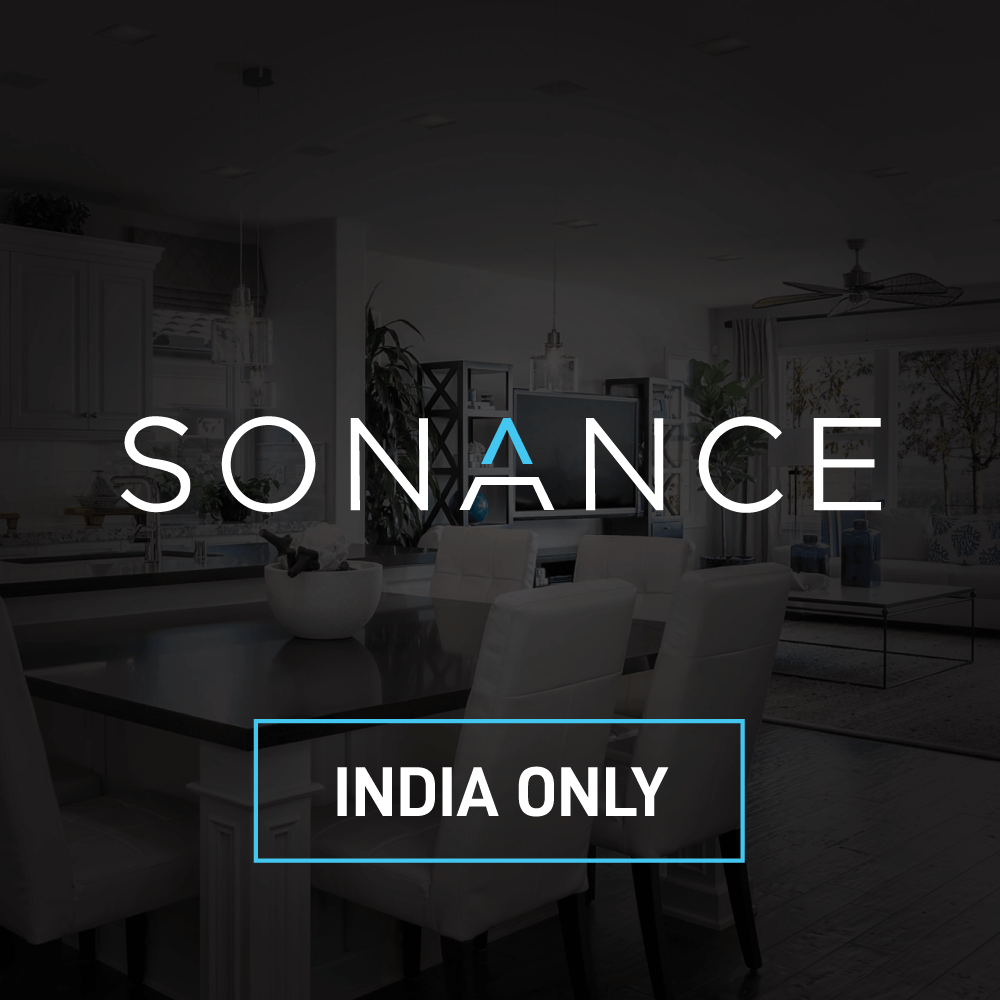US: Situated at Middle Tennessee State University (MTSU) in Murfreesboro, The Murphy Center—home to the University’s men’s and women’s basketball and track teams—recently commissioned a new Martin Audio WPS line array system, after a long gestation period, dating back several years.
The contract was won by the experienced Nashville-based Spectrum Sound Inc, which has been providing audio production services to customers since 1979 and has lately been turning increasingly to Martin Audio for its installed sound solutions.
The arena’s outdated PA system had reached end-of-life after years of patchwork fixes. To deliver modern performance and reliability, Spectrum Sound was tasked with designing a new solution. Key goals included consistent coverage, high speech intelligibility, and full-range musical reproduction across the 11,520-seat venue. With the space also hosting conferences, graduations, and community events, system versatility was essential.
Spectrum Sound’s team recognised that Martin Audio’s Wavefront Precision series, with its advanced control and optimisation capabilities, was ideally suited to managing the challenging acoustics of a reverberant basketball court, further complicated by reflective glass walls. Martin Audio’s WPS and WPM arrays were chosen for their scalable coverage and clarity. This combination ensures powerful, adaptable sound for events of any size or format, delivering a consistent, high-quality experience in every seat. System Integration Sales Managers Ken DeBelius and Paul Royer secured the project after a compelling on-site demo by Martin Audio’s Director of Strategic Projects, Brad Stephens, won over the client.
Following the bid, Operations Manager Zach Mitchell and Project Manager Rod Hester, saw the implementation through to completion, with assistance from Martin Audio’s Product & Application Support Manager, Joe Lima. The latter quickly formed a positive working relationship with the Spectrum team, assisting with the system engineering, designing an inspired 360° subwoofer array and seeing the project through to commissioning.
“A major factor in choosing Martin Audio was its optimization technology,” said Zach Mitchell. “We needed precise coverage only where it was needed. We worked closely with Joe throughout the process, taking his concept and making sure it was properly implemented, all while keeping the client’s goals front and centre.”
The old system was removed, and new custom rigging and steels designed for the new PA. The design solution was for a six WPS arrays in the round. “Utilising a mixture of array sizes, along with FlexPoint FP15s as court fills and CDD12s as a delay ring behind the scoreboards, we were able to get consistent coverage in every seat,” Mitchell explained.
“A MAJOR FACTOR IN CHOOSING MARTIN AUDIO WAS ITS OPTIMIZATION TECHNOLOGY”
But the major triumph is the 360° sub bass array conceived by Joe Lima. This comprises four clusters of four SXCF118 cardioid subs flown in the centre of the arena.
Lima’s eyes immediately lit up on surveying the site. “This was a rare opportunity in an arena that didn’t have a centre scoreboard, but rather two giant LED walls on the ends,” he said. “This allowed us the full real estate of the grid for sub placement.” A radial 360° dispersion TM (in the round) array immediately came to mind.
The team started working on various configurations with different boxes in Martin Audio’s DISPLAY3 prediction software, until they landed on the SXCF118. “This fulfilled all requirements while staying under the grid’s load limits,” Lima recognised. “We knew we didn’t have to steer energy away from the bottom, as they were also required to fill the court for the players, so line length wasn’t a concern, and 16 boxes (four hangs of four boxes on different axes) hit the SPL we needed.”
But Lima sensed they were in unchartered waters using cardioid subs. “We tried different approaches in DISPLAY 3—playing with distance, aim and delay times—and ended up with a variation of the TM array, where the subs are aiming sideways, instead of inwards, and are a bit spiralled off centre, with a slight upwards delay.
“With this configuration we gained 2dB over the traditional TM layout, and it gave us a ±2dB variance in the octave around 50Hz, in the entire seating area of the arena with the court being 6dB down. It’s probably the most coherent and consistent subwoofer system I’ve ever experienced.”
Completing the complement of speakers is an additional 24 WPMs (12-a-side) deployed in a portable fashion, for graduations and special events, augmenting WPS with courtside coverage.
Other complexities included setting the Hard Avoid values, since the raked seating is retractable. Thus, to ensure optimum direction of energy in all configurations Spectrum deployed a custom Q-SYS solution P\programmed by Max Kelley to recall system presets based on the needs of each event. All DSP meanwhile is contained in the combination of Martin Audio iK42 and iK81 process controlled amplifiers which drive the main system in 1-box resolution.
In addition to the PA, Spectrum Sound provided a full acoustic treatment package, installed an advanced network and fibre infrastructure, and oversaw a console upgrade.
As a result, all feeds—whether commentators’ mics, video playback, and other live and pre-recorded sources—are faithfully reproduced. As Zach Mitchell confirms, “This is the largest project we’ve completed with Martin Audio and the difference in the room is night and day — the system is very flexible and translates all sources accurately.”
Paul Royer summed it up: “Our customers are thrilled with the performance of the Martin Audio system, and the feedback has been overwhelmingly positive. This project reinforced our confidence in Martin Audio and enables us to provide even greater results for our clients.”
Ron Malone, Assistant VP Business & Finance at MTSU, added his thanks to Spectrum Sound for their “incredible assistance” during the installation phase. “The Martin Wavefront Precision system has performed precisely as advertised,” he said. “Its capability to control and direct the acoustical energy, both where we determine it is needed, and at the same time where we do not want audio, met our primary goal of this project. It provides better zone control to accommodate various configurations for floor coverage during event games, and floor/bowl coverage during Convocation with a stage.
“We could not be happier with our selection, and we know that we could nothave done this without the great folks at Spectum Sounds Inc.”
Photography: Steve Campos / Iris Media Agency
Click here for original article.


